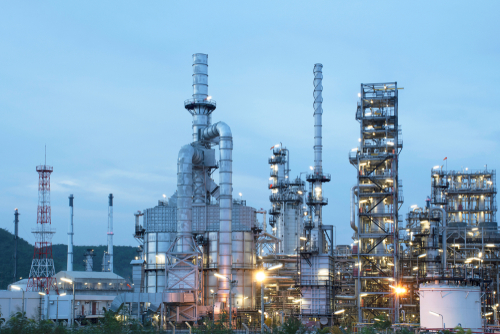Potentially intense hurricane season threatens U.S. oil, natural gas production

Atlantic hurricane season is always a gamble, but this year, meteorologists are consistently predicting as many as 30 or more storms in the upcoming season, a fierce showing that could hammer the United States oil and natural gas industry.
That should come with a heavy grain of salt, though. According to the Energy Information Administration (EIA), last year’s hurricane season – the time of year between June 1 and Nov. 30 – has 20 named storms, but only one made actual landfall in the United States, and as a result, none had significant impacts on U.S. petroleum infrastructure.
Still, hurricanes and petroleum infrastructure tend to share bedfellows, since hurricanes tend to most often hit the Southeast and the U.S. Gulf Coast – prime production and refinery areas. For example, last year crude oil production in the Gulf accounted for 14 percent of the nation’s total. Additionally, facilities along the Texas and Louisiana Gulf Coast represent nearly half of U.S. refining capacity, and are particularly prone to flooding or storm-induced power outages. Whether offshore or onshore facilities, most will evacuate nonessential personnel and temporarily halt production if at risk from severe weather.
The EIA noted that while the Texas and Louisiana Gulf Coasts represent a combined 48 percent of the total U.S. refinery capacity, it is unlikely a single hurricane or major storm would affect more than a single cluster of refineries. Even that, however, could mean more than 1 million barrels per day of capacity taken temporarily offline. Damage to refineries could take that offline longer, and bring major costs with it. Refining operations in the mid-Atlantic region are much more rarely affected.
For natural gas production, the effects could be less severe, though not wholly without risk. According to the EIA, Gulf operations provided less than 2 percent of U.S. marketed natural gas production last year – a significant change from the 17 percent they represented during the worst Hurricane Katrina had to throw at it in 2005. Then, the storm caused major interruptions. Now, the greatest risk is to electrical and marine infrastructure and hampering gas shipping. Liquefied natural gas export capacity along the Gulf Coast daily reaches nearly 13 billion cubic feet.
